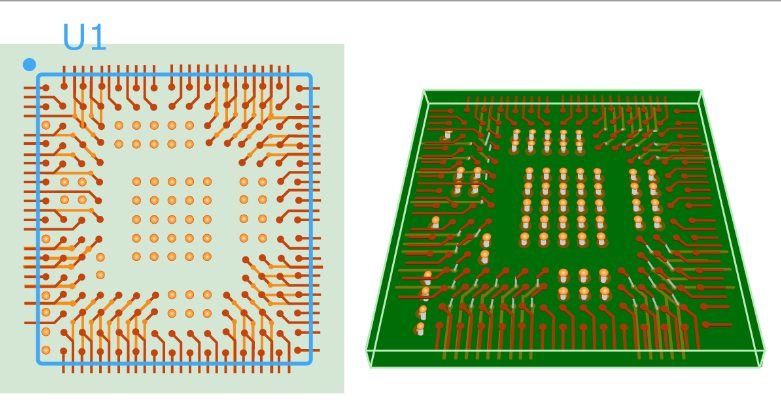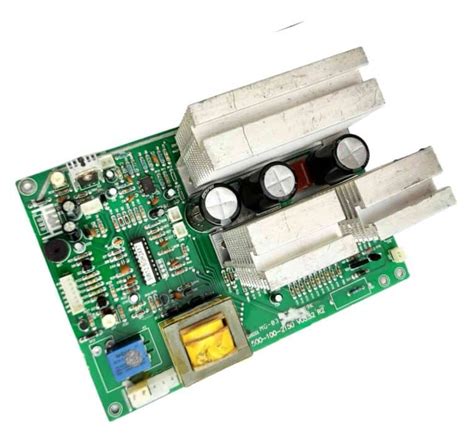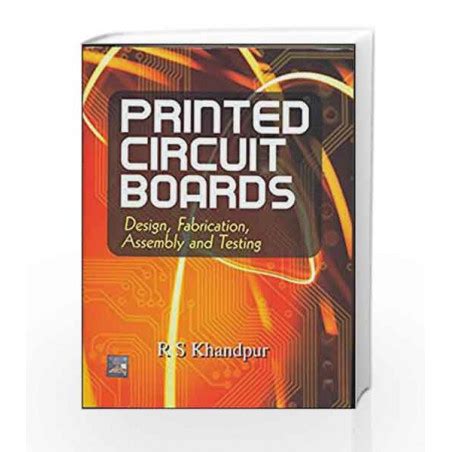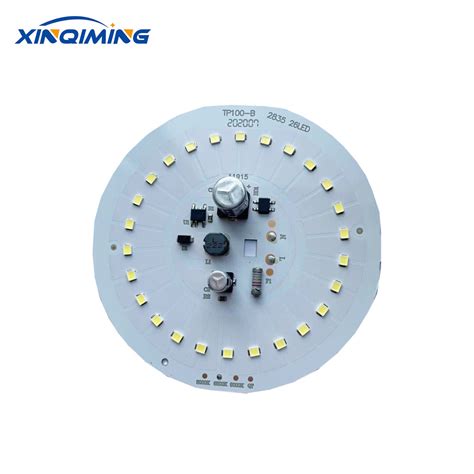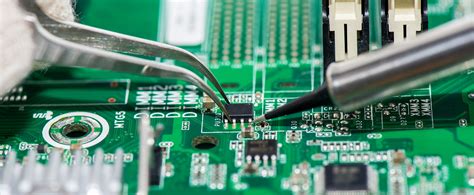How to Identify Stepped Slots on PCBs: A Comprehensive Guide
Introduction to PCB Stepped Slots
Printed Circuit Board (PCB) manufacturing involves numerous specialized features that serve specific mechanical and electrical purposes. Among these features, stepped slots represent an important but often misunderstood element in board design. Stepped slots, sometimes called notched slots or castellated holes, are specially shaped cutouts in PCB edges that serve multiple functions in electronic assemblies.
Proper identification of stepped slots is crucial for several reasons. First, it ensures correct component assembly, as many connectors and modules are designed to interface specifically with these features. Second, accurate recognition prevents manufacturing errors that could lead to board failures. Finally, understanding stepped slots allows designers to fully utilize their benefits in PCB layouts.
This guide will provide a detailed examination of stepped slot characteristics, identification methods, measurement techniques, and common applications to equip engineers, technicians, and PCB enthusiasts with comprehensive knowledge about these important board features.

Defining Characteristics of Stepped Slots
Physical Structure
Stepped slots are distinguished by their unique geometry which typically includes:
- Multi-level profile: Unlike standard slots that maintain a uniform width, stepped slots feature two or more distinct width dimensions along their length.
- Tapered transitions: The changes between different width sections usually incorporate gradual tapers rather than abrupt right-angle steps.
- Asymmetrical design: Most stepped slots are not symmetrical about their centerline, with one side maintaining a straight edge while the other contains the stepped features.
- Precise dimensional relationships: The various segments maintain strict size ratios, often following standard increments based on connector requirements.
Common Dimensions
While stepped slot sizes vary by application, several typical dimensions help in identification:
- Primary width: Ranges from 1.5mm to 3.0mm for most standard applications
- Secondary width: Typically 0.5mm to 1.0mm narrower than the primary width
- Transition length: The tapered section usually spans 1-2mm between width changes
- Slot length: Generally falls between 5mm and 15mm depending on the mating component
Positional Attributes
Stepped slots most frequently appear in specific PCB locations:
- Board edges: Approximately 80% of stepped slots are positioned along PCB perimeters
- Opposing pairs: Often found in matched sets on opposite sides of the board
- Component-aligned: Typically located adjacent to or beneath connectors they serve
- Layer-specific: More common on multilayer boards than single-layer designs
Visual Identification Methods
Silkscreen Indicators
PCB silkscreen layers often contain important clues for stepped slot identification:
- Outline markings: Dashed or dotted lines may highlight stepped slot locations
- Dimension callouts: Explicit measurements sometimes appear near the features
- Reference designators: Labels like “STEP-SLOT1” or “NOTCH-A” identify special cutouts
- Orientation symbols: Arrows or triangles indicate proper alignment directions
Copper Layer Examination
The conductive layers reveal additional stepped slot characteristics:
- Plating differences: Stepped slots often show varied copper plating thickness in different sections
- Thermal relief patterns: Unique thermal connections may surround stepped slots
- Ground plane cutouts: Isolation gaps frequently appear near stepped slot edges
- Solder mask variations: Contrasting mask coverage can highlight the stepped profile
Board Profile Analysis
Physical inspection of the PCB edge provides definitive stepped slot verification:
- Angled lighting: Side illumination emphasizes the stepped profile
- Calipers measurement: Confirms the multi-width dimensions
- Finger test: The tactile sensation of running a finger along the edge detects steps
- Comparison with standard slots: Highlights dimensional differences
Measurement and Verification Techniques
Dimensional Analysis
Accurate measurement requires specific approaches:
- Microscope-assisted inspection: 10-20x magnification reveals subtle details
- Digital calipers: Measures width variations to 0.01mm precision
- Profile projectors: Creates magnified silhouettes for detailed examination
- Laser scanning: Non-contact method for precise dimensional capture
Documentation Cross-Reference
Verify stepped slots against design documents:
- Gerber file review: Examine slot layers (typically GKO or GM1) for stepped profiles
- Drill file analysis: Check for special slot-related drill hits
- Assembly drawings: Look for stepped slot callouts and specifications
- Bill of Materials: Some BOMs list special board features
Functional Testing
Operational verification methods include:
- Connector fit tests: Validate proper mating with intended components
- Alignment checks: Confirm correct board positioning in assemblies
- Stress testing: Verify mechanical stability under operational loads
- Continuity testing: Ensure proper electrical isolation where required
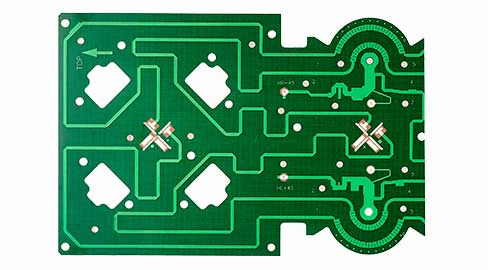
Common Applications of Stepped Slots
Board-to-Board Connections
Stepped slots frequently facilitate reliable PCB stacking:
- Daughterboard alignment: Guides and secures secondary boards
- Z-axis spacing: Maintains precise separation between layers
- High-density interconnects: Enables compact multi-board arrangements
- Modular systems: Supports field-replaceable subassemblies
Mechanical Assembly Features
Many mechanical functions utilize stepped slots:
- Enclosure mounting: Secures boards in cases with limited clearance
- Heat sink attachment: Provides secure thermal interface points
- Shielding can installation: Anchors EMI shielding enclosures
- Stress relief: Distributes mechanical loads across the board
Specialized Electrical Functions
Some electrical applications employ stepped slots:
- RF shielding partitions: Creates controlled impedance gaps
- High-voltage isolation: Maintains proper creepage distances
- Ground plane segmentation: Divides analog and digital sections
- Antenna integration: Facilitates wireless component mounting
Troubleshooting Identification Challenges
Common Misidentification Errors
Be aware of these frequent mistakes:
- Confusing with standard slots: Overlooking the stepped profile
- Missing micro-stepping: Failing to detect subtle dimensional changes
- Ignoring backside features: Not checking both board sides
- Overlooking internal layers: On multilayer boards, steps may be internal
Advanced Identification Techniques
For difficult cases, employ these methods:
- Cross-sectional analysis: Physically or virtually section the board
- 3D X-ray imaging: Reveals internal stepped slot structures
- Surface profilometry: Precisely maps edge contours
- Reference to IPC standards: Check against industry specifications
Best Practices for Stepped Slot Documentation
Design File Annotation
Ensure clear documentation:
- Layer-specific labeling: Mark stepped slots on all relevant layers
- Detailed callouts: Include all critical dimensions
- View indicators: Provide multiple viewing angles
- Tolerance specifications: Define acceptable variations
Manufacturing Notes
Communicate requirements clearly:
- Process instructions: Specify routing or punching methods
- Plating requirements: Detail copper coverage needs
- Quality checkpoints: Identify critical inspection points
- Acceptance criteria: Define pass/fail standards
Conclusion
Proper identification of stepped slots in PCB designs requires a systematic approach combining visual inspection, dimensional verification, and documentation review. By understanding their characteristic features, common applications, and measurement techniques, engineers and technicians can reliably recognize these important board elements. Mastery of stepped slot identification contributes to higher PCB assembly quality, improved manufacturing yields, and more robust electronic products overall.
As PCB technology continues advancing with increasingly complex geometries, the ability to accurately identify specialized features like stepped slots becomes ever more critical. The techniques outlined in this guide provide a solid foundation for working with these important board characteristics across all phases of electronic product development and manufacturing.

